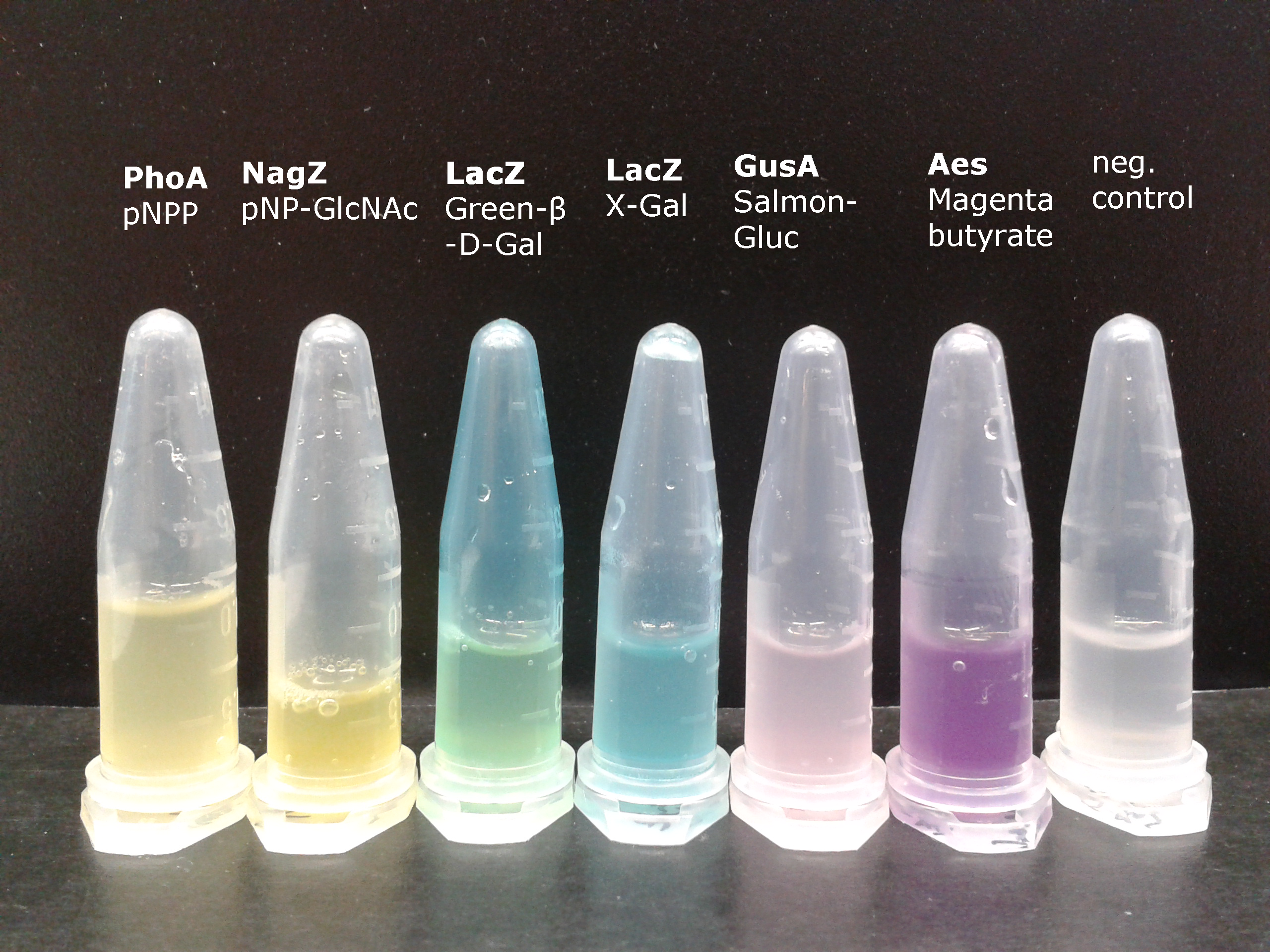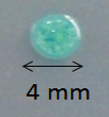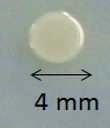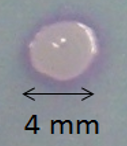Team:ETH Zurich/Experiments 3
From 2013.igem.org
Contents |
Enzyme-substrate reactions

To generate visible output by adding substrates to colonies in Colisweeper, we made use of orthogonal enzyme-substrate reactions. A set of chromogenic substrates was chosen to produce different colors depending on the abundant hydrolases and thereby to uncover the identity of each colony to the player.
Chromogenic substrates incorporate a chromophore whose absorbance properties change after the enzyme reaction, and the color signal produced then is directly related to the enzyme-catalyzed reaction.
Indican is a chromogenic glycoside hydrolase substrate which belongs to a family of natural glycosides found in plants. Cleavage of the glycosidic bond forms an unstable hydroxyindole intermediate, which dimerizes by oxidation to form indigo as a blue precipitate:
Numerous enzyme substrates have been designed following this natural product example, giving rise to many colored phenols that are used to detect enzyme activities.
In Colisweeper, the set of enzyme-substrate pairs are chosen as illustrated in the following table:
| Hydrolase | Complementary substrate / IUPAC name | Visible color | Concentration[M] | ||
|---|---|---|---|---|---|
| LacZ | Beta-Galactosidase | X-Gal | 5-Bromo-4chloro-3-indolyl-beta-galactopyranoside | Blue | |
| LacZ | Beta-Galactosidase | Green-beta-D-Gal | N-Methyl-3-indolyl-beta-D_galactopyranoside | Green | |
| GusA | Beta-glucuronidase | Magenta glucuronide | 6-chloro-3-indolyl-beta-D-glucuronide-cycloheylammonium salt | Salmon | |
| PhoA | Alkaline phosphatase | pNPP | 4-Nitrophenylphosphatedi(tris) salt | Yellow | |
| Aes | Acetyl esterase | Magenta butyrate | 5-bromo-6-chloro-3-indoxyl butyrate | Magenta | |
| NagZ | Glycoside hydrolase | X-glucosaminide X-Glucnac | 5-bromo-4-chloro-3-indolyl-N-acetyl-beta-D-glucosaminide | Blue | |
Beta-galactosidase(LacZ)
Chemical conversion

Colorimetric response in liquid culture
Colorimetric response on LB-Agar
Alkaline phosphatase(PhoA)
Chemical conversion

Colorimetric response in liquid culture
Colorimetric response on LB-Agar
Acetyl esterase(Aes)
Chemical conversion

Colorimetric response in liquid culture
Colorimetric response on LB-Agar
Beta-glucuronidase(GusA)
Chemical conversion

Colorimetric response in liquid culture
Colorimetric response on LB-Agar
β-N-Acetylglucosaminidase(NagZ)
Chemical conversion

Colorimetric response in liquid culture
Colorimetric response on LB-Agar
Do the substrates and enzymes cross-react ?
An enzyme-substrate test matrix (Figure 6) was established to test each substrate against each enzyme. The results were as expected (Figure 6.2) and no cross reaction is visible. The NagZ-X - glucosaminide X-Glunac reveal some difficulties in the liquid culture as well as on the agar plate.
 "
"













